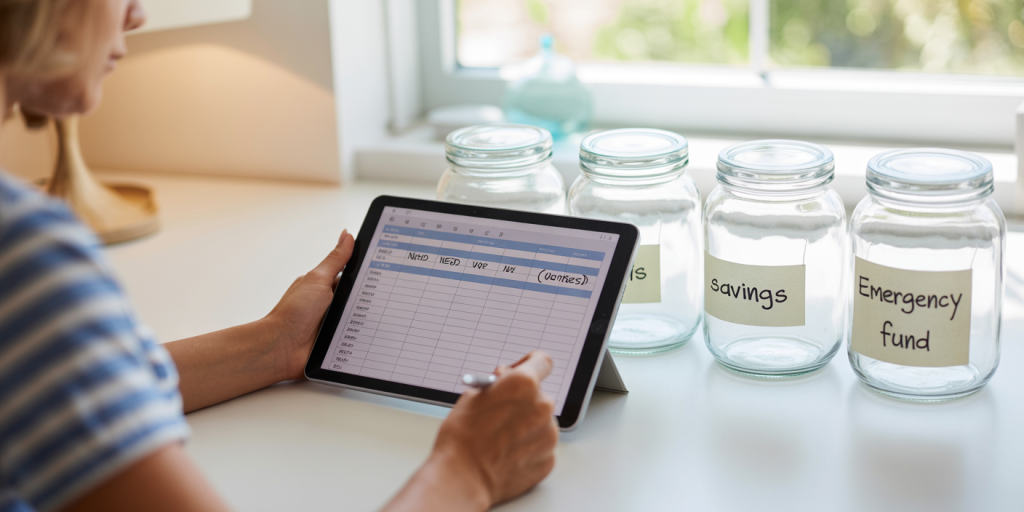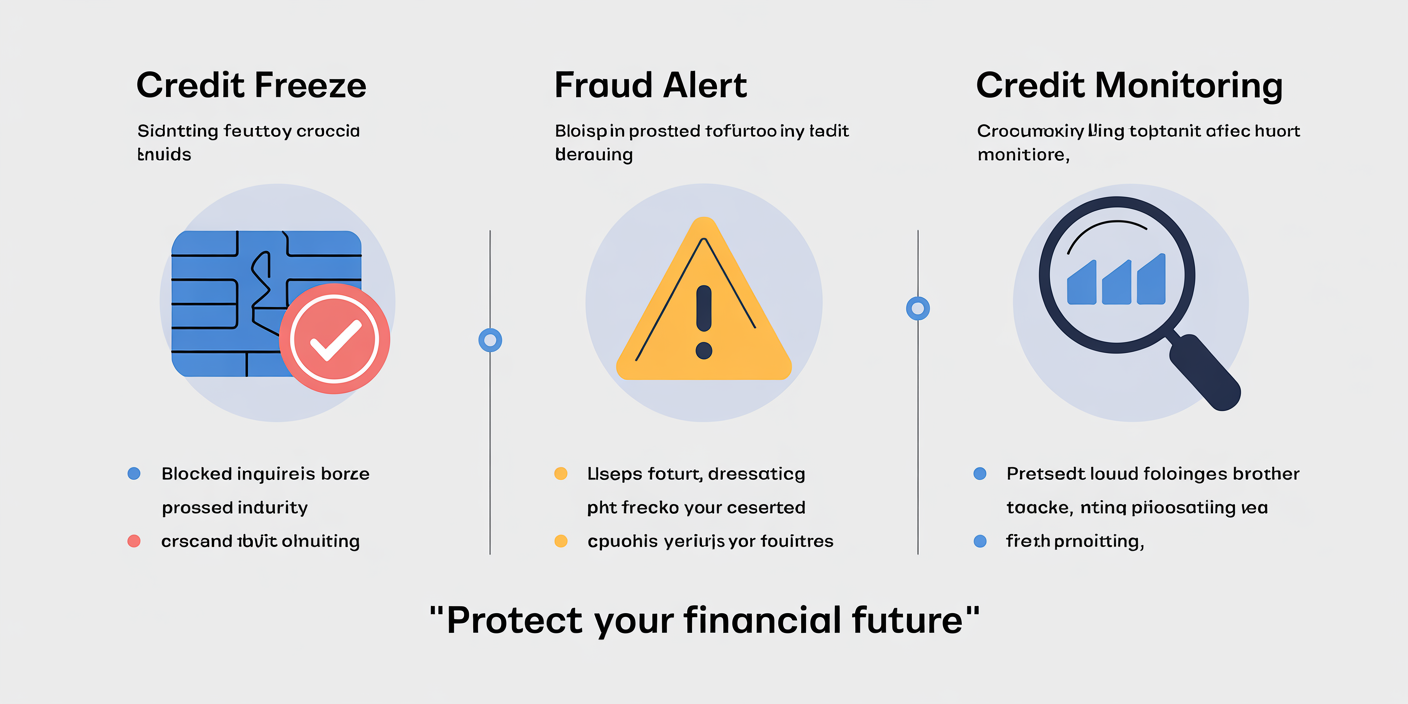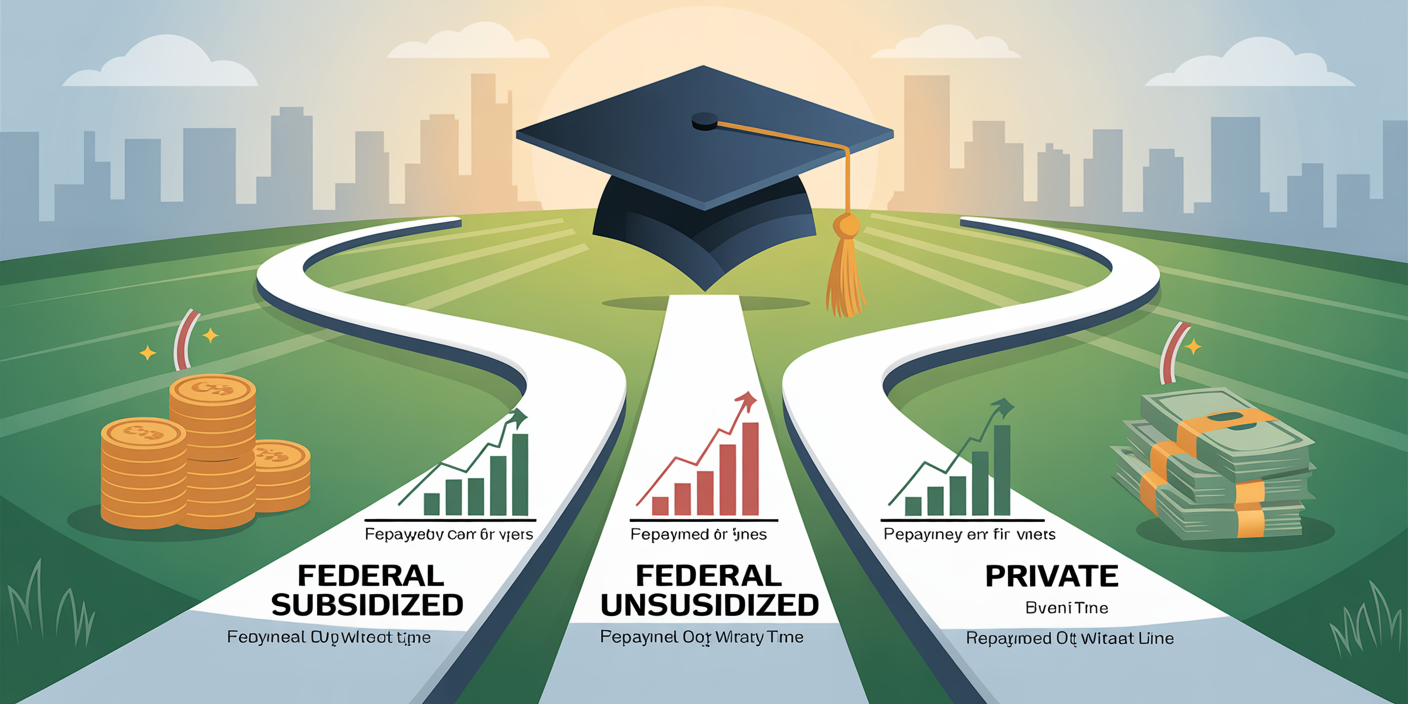How to Rebuild Financially After Bankruptcy (Step-by-Step)
Anúncios
Bankruptcy can feel like a devastating financial blow, but it is not the end of the road. Many individuals and businesses have successfully rebuilt their financial health after bankruptcy by taking intentional, measured steps toward recovery. This article provides a comprehensive roadmap for bouncing back, supported by practical examples, data, and strategic recommendations. Whether you filed Chapter 7, Chapter 13, or another type of bankruptcy, these steps will help you regain control, restore your credit, and secure a stronger financial future.
Understanding the Impact of Bankruptcy on Your Finances
Bankruptcy is a legal process designed to give relief to overwhelmed debtors, but it also comes with significant consequences. When you declare bankruptcy, your credit score can drop significantly—typically by 130 to 240 points. According to FICO data, the average credit score for a U.S. consumer is around 710, but immediately after bankruptcy, scores often fall below 550. This decline restricts access to new credit and often exposes individuals to higher interest rates.
Anúncios
However, bankruptcy also releases you from many burdensome debts, such as credit card debts, medical bills, or unsecured loans, allowing a fresh start. The National Foundation for Credit Counseling (NFCC) reports that about 59% of bankrupt individuals begin rebuilding credit within a year of filing. Rebuilding financially is not instantaneous. It requires a steady, disciplined plan to regain financial confidence and stability.
Step 1: Reassess Your Financial Situation with Honesty and Clarity
Anúncios
One of the most critical first steps after bankruptcy is conducting an honest reassessment of your financial status. Create a full inventory of your income, expenses, assets, and liabilities. This holistic snapshot ensures you understand exactly where you stand. Many financial coaches recommend using a budget worksheet or digital tools like Mint or YNAB (You Need A Budget) to track every dollar.

For instance, consider the case of Maria, a 32-year-old restaurant manager who filed Chapter 7 bankruptcy due to medical expenses. After her discharge, she created a budget that accounted for her $3,200 monthly income and $2,700 in regular expenses, allowing her to identify wasteful spending habits, such as daily dining out. Maria redirected the saved money toward a dedicated savings account, marking the first milestone in rebuilding.
Another practical recommendation is to open a separate bank account for emergency funds and essential bills. Financial advisers suggest aiming for three to six months’ worth of living expenses in a liquid savings account. This buffer protects against unexpected setbacks, which is crucial for those recovering from bankruptcy.
| Financial Assessment Checklist | Importance Level (1-5) |
|---|---|
| Income Verification | 5 |
| Detailed Expenses Tracking | 5 |
| Asset Valuation | 4 |
| Debt Status (Post-Bankruptcy) | 5 |
| Emergency Fund Establishment | 5 |
Step 2: Rebuild Credit Methodically and Responsibly
Re-establishing credit is often the most challenging part after bankruptcy. Credit reports remain affected typically for 7 to 10 years, but you can improve your score long before then by demonstrating positive credit behavior. Start by obtaining a copy of your credit report from the three primary bureaus—Equifax, Experian, and TransUnion—using AnnualCreditReport.com to check for errors or lingering debts.
When it comes to rebuilding credit, secured credit cards are one of the most effective tools. These cards require a cash deposit as collateral, usually equal to the credit limit, and can be easier to obtain post-bankruptcy. A 2021 survey from CreditCards.com found that 62% of individuals using secured credit cards reported steady improvements in their credit scores within 12 months.
Jessica, a real estate agent who filed Chapter 13, secured a $500 deposit for a secured credit card and used it for routine purchases like groceries and gas. She paid the balance in full every month and within eight months saw her credit score improve from 540 to 670.

Additionally, consider “credit-builder loans” offered by some credit unions and community banks. These are small loans where the money borrowed is held in a savings account until repayment is completed. Making timely payments consistently helps to boost credit scores.
| Credit Rebuilding Tools | Benefits | Considerations |
|---|---|---|
| Secured Credit Cards | Easy approval, positive payment history | Requires initial deposit |
| Credit-Builder Loans | Builds payment history | May have fees and require patience |
| Authorized User Status | Piggybacks on another’s good credit | Dependence on another’s credit |
| Personal Loans for Bad Credit | Larger limit, installment payments | Higher interest rates |
Step 3: Develop and Maintain a Realistic Budget
Living within means is paramount after bankruptcy, which means a strict but achievable budget is non-negotiable. Budgets prevent overspending and promote savings discipline. Use the 50/30/20 budgeting rule as a framework: allocate 50% of after-tax income to needs, 30% to wants, and 20% to savings and debt repayment.
Consider an example: Tom, a small business owner who declared bankruptcy due to business failure, restructured his monthly budget. His after-tax income was around $4,000, so he limited essential expenses to $2,000, fun spending to $1,200, and funneled $800 monthly towards savings and rebuilding credit.
Regularly monitoring and adjusting your budget can prevent surprises. According to a 2022 report from the U.S. Bureau of Labor Statistics, households maintaining strict budgets saw 25% higher savings rates compared to those who didn’t.
Automating bill payments and savings contributions is highly recommended. This reduces the risk of missed payments, which negatively affect credit scores, and builds a consistent savings habit over time.
Step 4: Build an Emergency Fund for Financial Resilience
An emergency fund is a critical defense against future financial shocks. Without the cushion that bankruptcy victims often lose, rebuilding must prioritize liquidity. Aim to save three to six months’ worth of living expenses based on your reevaluated budget.
Statistically, a Federal Reserve report from 2023 indicated that 39% of Americans would struggle to cover an unexpected $400 expense. This lack highlights why emergency funds are even more important for post-bankruptcy individuals. You’re more vulnerable to such disruptions and less likely to access affordable credit.
Start small, setting incremental savings targets—$500, then $1,000, and so forth. Tools like high-yield savings accounts or money market accounts are preferred due to liquidity and higher interest rates compared to traditional savings.
Take the case of Luis, who after Chapter 13 bankruptcy found it difficult to save but committed to automatic $50 biweekly transfers to his emergency account. Within two years, he built a cushion of nearly $3,000, which allowed him to manage an unexpected car repair without resorting to debt.
Step 5: Seek Professional Financial Advice and Support Systems
The journey after bankruptcy can feel isolating and confusing. Financial advisors, credit counselors, and support groups with bankruptcy recovery experience provide invaluable guidance and encouragement.
Certified credit counselors, such as those affiliated with NFCC, offer free or low-cost counseling to help develop personalized budgeting plans and credit-building strategies. They can negotiate with creditors if you’re still managing debts through Chapter 13 repayment plans or specific arrangements.
Moreover, support from peer groups or online communities (such as Reddit’s r/personalfinance or dedicated bankruptcy recovery forums) provides emotional and practical mentorship. Stories from others who have transformed their finances can be powerful motivators.
Sarah’s experience exemplifies this: after filing for bankruptcy, she joined a local financial literacy class offered by a non-profit organization. The education and community network she built helped her stay accountable and motivated as she worked toward buying a home within five years post-bankruptcy.
Looking Ahead: Long-Term Strategies for Financial Health
Rebuilding financial stability is a marathon, not a sprint. Beyond the immediate recovery steps, consider long-term strategies that protect your finances and build wealth sustainably.
Start by reviewing your credit report every six months to track progress and dispute inaccuracies early. Proactively diversify your credit portfolio with a mixture of credit types once your score improves, such as a low-interest personal loan or a new auto loan. Diversification signals to lenders that you can manage different credit responsibly.
Investing in financial education is another wise step: acquiring knowledge on investing, retirement planning, and tax strategies ensures you leverage your rebuilt financial foundation effectively. According to a 2023 survey by FINRA, individuals with financial literacy are twice as likely to accumulate savings and avoid excessive debt after setbacks.
Finally, consider working with a fiduciary financial advisor for tailored, ongoing financial planning. They help you avoid common pitfalls, plan for retirement, and set goals that match your risk tolerance and lifestyle.
Rebuilding financially after bankruptcy is entirely achievable with the right mindset and strategy. By reassessing your finances, rebuilding credit step-by-step, implementing disciplined budgeting, securing an emergency fund, seeking expert support, and focusing on long-term growth, you can restore your financial freedom and prepare for a prosperous future. Many have done it before you, and with persistence, the path to financial recovery is within reach.




Post Comment